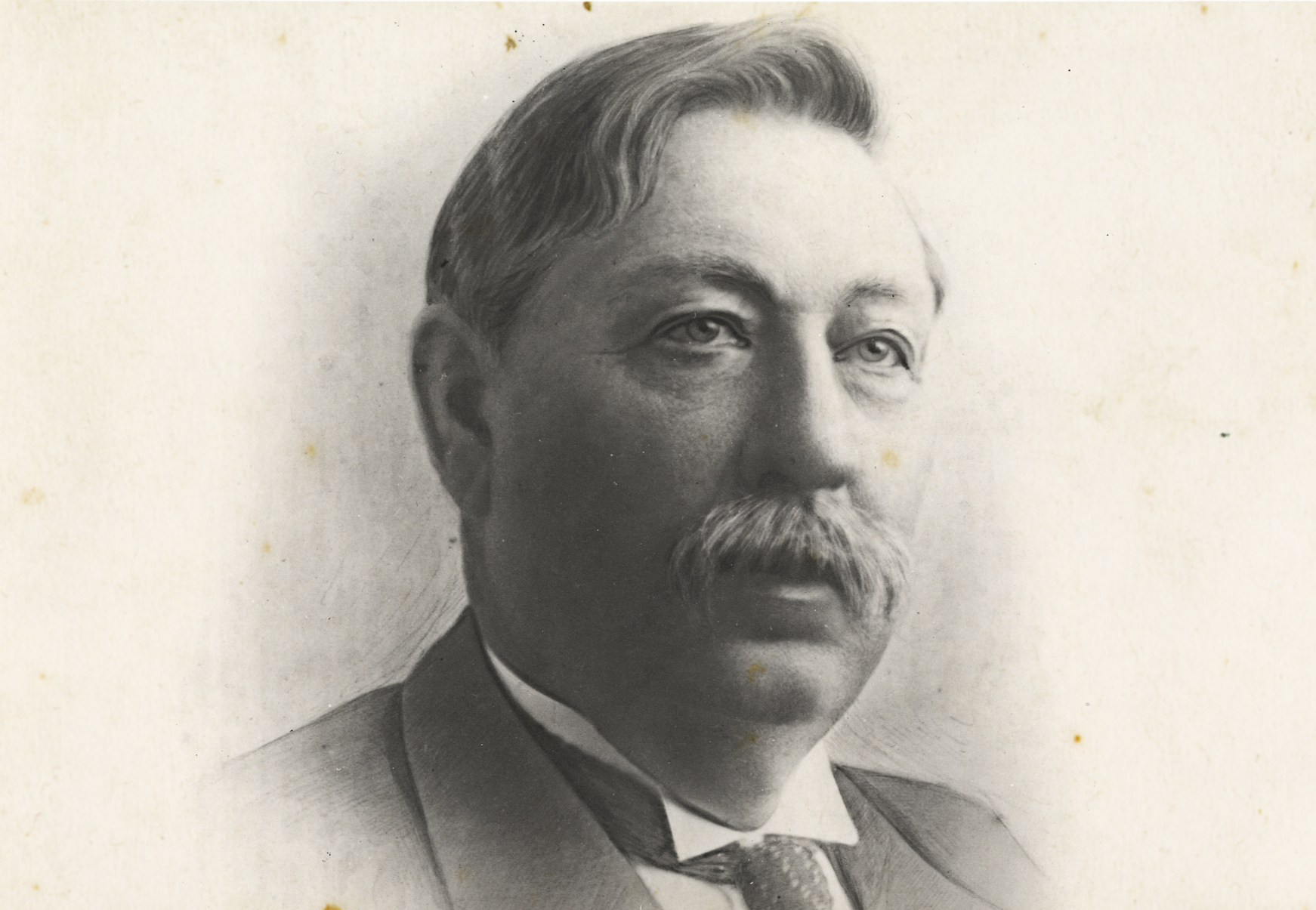|
Henry Green and Green Brothers buildersHenry Green emigrated from Warwickshire, England in 1876. A bricklayer, he lived first in Queensland and moved to the North Sydney area - then called St Leonards - around 1880.Having established himself in the building trade, he was elected to the newly-formed North Sydney Council in 1896 and served as an alderman until 1925. Green was Mayor of North Sydney in 1922. Henry and Agnes Green had seven sons and two daughters. The large family house, called ‘Guyscliff’, was in Carter Street, Cammeray. The family were apparently fond of birds for their large aviary housed as many as 100 canaries. The boys followed their father into the building trade and worked as Green Brothers. It is estimated that together they built some 300 houses in the North Sydney area by the end of the 1920s. Many of these were in the Cammeray area where Henry owned a large amount of land. His sons’ business operated from nearby Warringa Road. An astute businessman, Henry was also Managing Director of the Northern Suburbs Co-operative Brick Company. From around 1910 Henry Green started building houses on his Cammeray land - called the Green Estate - and selling these properties. It is not clear whether any conflict of interest between Henry’s duties as an alderman and his interest as a local developer was ever raised. The block plans included with his Building Application under Ordinance No.70A of the Local Government Act were certainly rudimentary compared to the artistic efforts of others such as Donald Esplin. They consisted typically of a footprint of the intended building drawn up hastily on ruled page torn from an exercise book. Possibly Henry did not feel the need to embellish his intention secure in the knowledge that the application would be approved. It was a practice his sons followed. Nonetheless, Green’s houses were renowned for their solid construction. At least two of them along Warringa Road, Nos 1 and 3, were bought by the War Service Homes Commission and then purchased with their assistance by returned veterans around 1919; early examples, therefore, of early social housing in North Sydney. Elsewhere Green retained ownership of the houses he built and collected rent from the tenants. Late in her life, Henry’s granddaughter Gweneth recalled a ‘gruff’, patriarch whose focus was on business and his sons. Henry wore tweeds while doing his rent rounds in a horse and sulky accompanied by a ‘big black dog’. Indeed, in 1910, Henry was fined for driving his sulky on the wrong side of the road. The story made the newspapers probably because the transgressor was an alderman. Green’s substantial property holdings and his time as an alderman left a legacy of local place names. As the owner of Green’s Estate, and a proud Englishman, Henry used his naming rights to commemorate places of significance from childhood. So Warwick Avenue, and Stratford and Avon Streets were created. Green Park and Green Avenue were tributes to Henry himself. And the uniquely titled Fredben Avenue, Cammeray, was so named in honour of Frederick Benjamin Green, the son that Henry lost in the Great War in 1915. Henry’s own death in 1925 was noted in the Sydney Morning Herald and his estate valued at more than £85,000. Audio: Listen to Gweneth Ashton (Hollingsworth) recall her grandfather Henry Green with interviewer Lianne Hall. Merle Coppell Oral History collection, OH131
|
|






